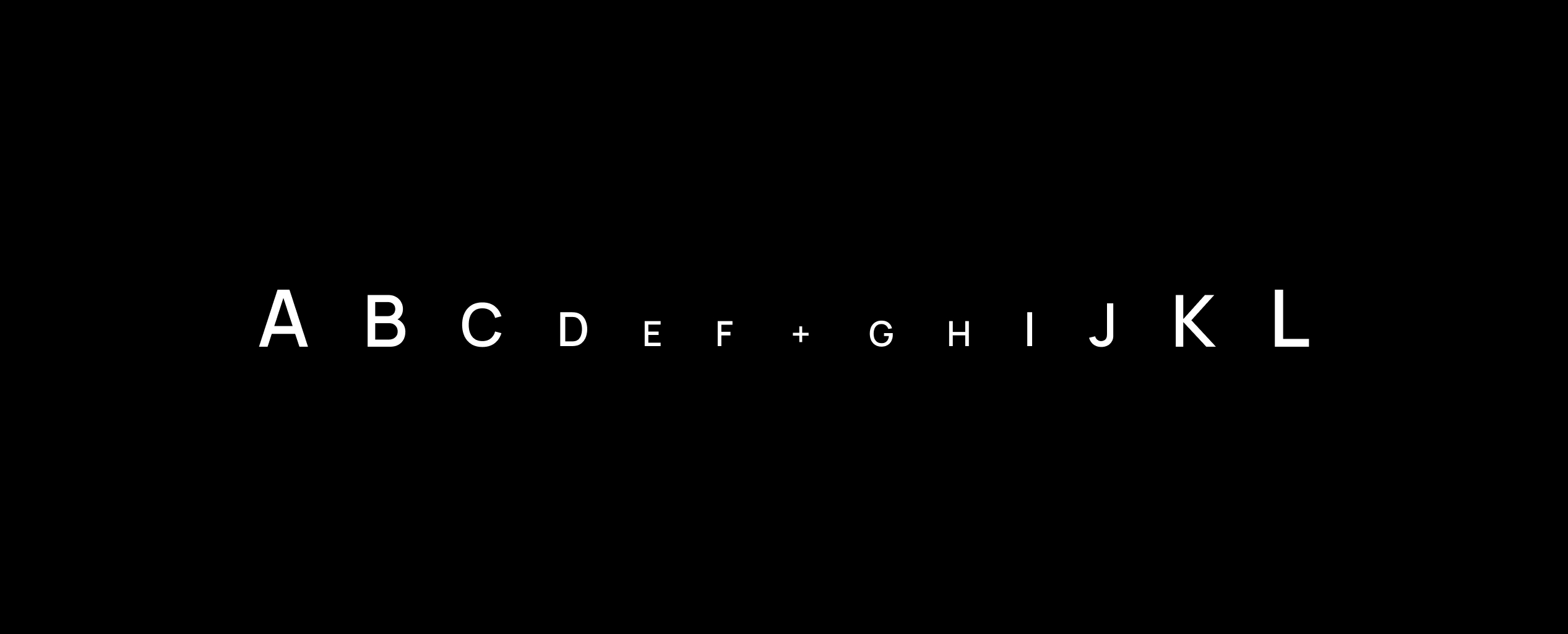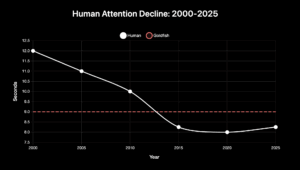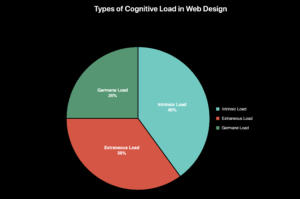I want to share some peculiar regularity and, in my view, a new approach to web design.
Hey, my name is Roman Makuev, I am a UX/UI designer and CEO in Neon Team, and in this article, I want to share some peculiar regularity and, in my view, a new approach to design, which is based on publicly available scientific studies into the central vision of people.
Not so long ago I began looking into the influence of central and peripheral vision on way information is perceived by people, and I found out some interesting data that later formed the basis for our designs and sites.
Web-design is an ever-evolving sphere, and despite the initial impression that all possible concepts and approaches have already been researched, design is still in constant search for new ideas.
According to general opinion, there are two main patterns of scanning information by users’ eyes when looking through a web-page: Z-pattern and F-pattern. They have been generally acknowledged.

Experiments have shown that when scanning images and scenes a human eye focuses itself on the central part, while peripheral vision plays a secondary role in the perception of visual information. The further from the focus, the more blurred the data is.
Central vision is an essential part of human vision. It is used for reading, scanning images, faces, and for driving. Only something our eye is focused on do we see in details, in all its colors.
It is better to watch from a computer monitor or any device with a high screen resolution.
Focus on the plus symbol (+) in the very center of the line. If you look closely only at it, you will see letters «F» and «G» next to it. Possibly – «E» and «H» as well. As for the others, you most likely see them blurred or completely fail to see.

Let’s add one more picture, with a bigger script this time, it’s going to be just as difficult to see other letters.

And only on the last picture, where marginal letters are literally twice bigger than the central ones, are we able to read them, even if our eye is focused on the star.

If this data is located away from the center, it is non-existent for the brain. In the world overloaded with information, there is no use hoping that a visitor is going to scrutinize a site.
Central vision is responsible for detail recognition, but occupies a very limited part of vision (2 degrees). While peripheral vision is better at capturing movements and shapes.
On small pictures, our vision focuses on small patches of text, while on modern monitors with high definitions, significant volumes of information remain beyond the field of vision. We should also take into account the fact that pictures are as contrast as possible – black background and white letters, which implies that all letters are clearly seen.

According to recent studies, the average human attention span has plummeted to just 8.25 seconds in 2025—shorter than a goldfish’s 9-second attention span. This represents a catastrophic decline from the 12 seconds we enjoyed in 2000. Even more alarming:
Mobile users have 20% lower attention persistence than desktop users
78% of Generation Z suffers from “phantom notification syndrome,” severely impacting focus
Users now process information in 47-second screen intervals before moving on
This isn’t just about shorter attention spans—it’s about information overload paralysis. In a world where users are bombarded with content, traditional F and Z-pattern approaches simply don’t cut it anymore.
The span of eye focus performed by central vision comprises 200-400 milliseconds. Within this time, the brain manages to process what it sees. It is generally believed that large headings, sub-headings, images are more noticeable for peripheral vision, which allows to scan a page quicker, I have placed them to the center to make the task of scanning information simpler.
In my opinion, information placed within the central part of the vision field is the most effective for attention focus. Thus, key elements remain in the focus, helping to attend to possible questions, doubts, objections of the audience, to persuade. This enhances the effect on a potential client and facilitates the achievement of marketing goals. Last but not least is that the information is going to be seen, understood, perceived based on physiological features of the visual system of a human.

Three types of cognitive load impact users:
By placing critical information in the central vision field, we eliminate extraneous cognitive load—that 35% of mental effort wasted on fighting bad design. Users can focus their limited cognitive resources on what actually matters: your message, your offer, your value proposition.
According to the research by Verizon Media, visually attractive web-sites are in top by conversion and profitability. While ordinary-looking design, on average, loses up to 35% of potential clients.


As the main component affecting the conversion and placed in the central part of a site on the way of a user’s eye movement, the following information was used:
Conclusion. Why this approach is worth considering.